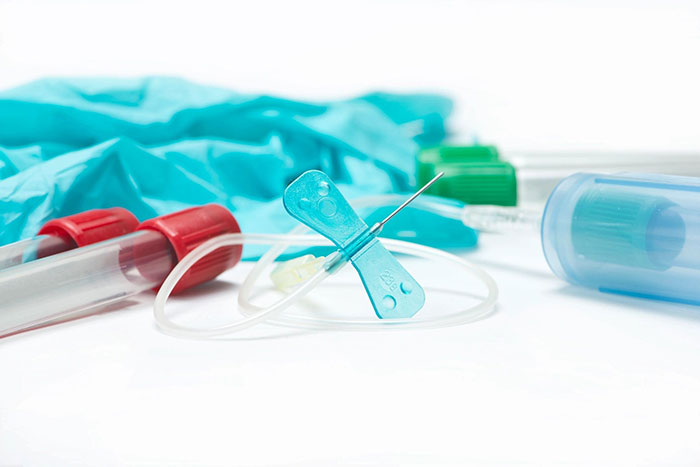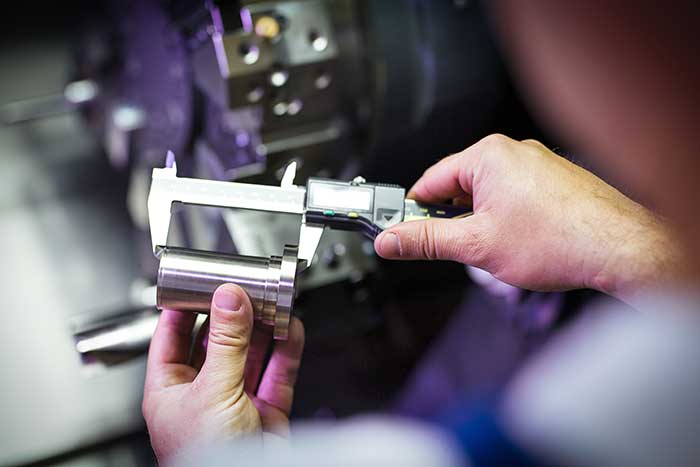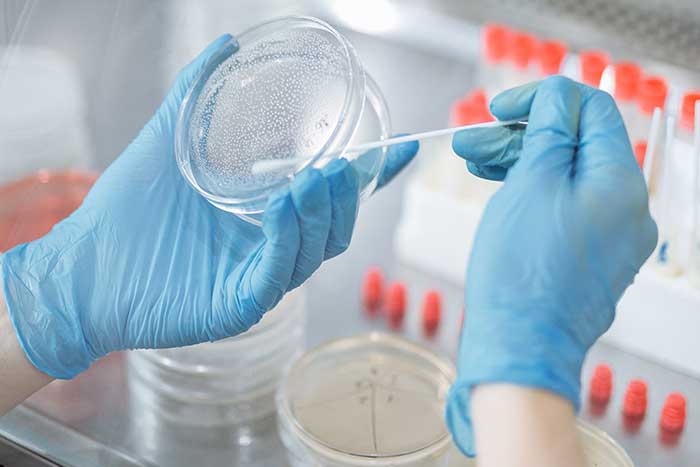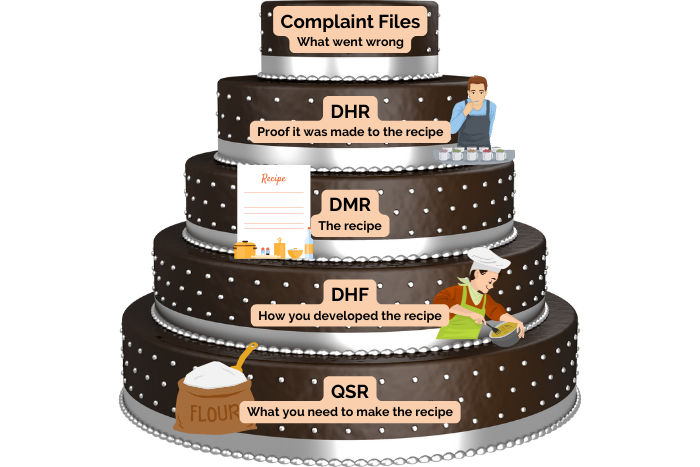
In 1971 a new IUD called the Dalken Shield entered the market and was implanted in almost 3 million women in the United States. Over the next few years, the CDC noted a disproportionate number of those women hospitalized, spontaneously aborting, or dying from IUD complications. Unbeknownst to over 900,000 of those women, the Dalken Shield had a life-threatening design flaw. The string they used was porous, becoming a breeding ground for bacteria leading to sepsis, pelvic inflammatory disease, miscarriage, and in the most serious cases, death. What happened next was one of the largest tort liability cases since asbestos. It exposed a gaping hole in medical device oversight and changed how the country would approach medical device risk. The resulting public outcry would be the catalyst to create the 1976 Medical Device Amendments to the Food, Drug, and Cosmetic Act, mandating that the FDA regulate and approve medical devices sold within the United States. Never again would a medical device be allowed to cause such unmitigated risk and harm to a patient.
The medical device regulation act
On top of giving the FDA general oversight of medical device development, the Medical Device Regulation Act and subsequent amendments did the following:
- Create a classification system for all medical devices based on risk.
- Set up regulatory pathways for all new medical devices and those intended for investigational, humanitarian, and emergency use.
- Establish postmarket requirements, including good manufacturing practices, postmarket surveillance, and reporting adverse effects from medical device use.
- Allow the FDA to recall and ban devices as well as impose civil penalties.
FDA medical device classification
The FDA assures effective oversight and sufficient risk management by categorizing medical devices into three classes based on risk. Risk is defined as a combination of the probability of occurrence and severity of harm to the patient. The higher the risk, the more regulatory controls are needed to assure reasonable safety and effectiveness.
How to classify your medical device
Title 21 of the Code of Federal Regulations (CFR) codifies the rules and regulations of the FDA and describes and classifies most medical devices found on the market. The CFR divides over 1700 medical device types into 16 medical specialty panels such as cardiovascular, neurology, or toxicology. Additionally, it gives a general description of the intended use, the device class, and marketing requirements for each device. This information is referenced and summarized in the FDA’s Product Classification Database. The database lists everything about each device including classification, regulatory controls, and exemptions.
It is important to note that intended use and indications for use affect the device’s classification. Remember that risk to the patient determines device classification. Therefore, if the risk to the patient changes based on intended use, the classification can change. For example, if you have a medical support stocking that prevents blood pooling, it would be a nonexempt Class II device and subject to a 510(k) submission. However, if your medical support stocking is for general use, it would be categorized as a Class I medical device and exempt from 510(k).
Class I medical devices
Class I medical devices account for almost fifty percent of the medical devices on the market and include bandages, stethoscopes, and most dental instruments. They are low risk for human use as they do not sustain or support human life. Additionally, there is sufficient information to establish reasonable safety and effectiveness when using the device. Most Class I devices are exempt from Premarket Notification (510(k)) and Premarket Approval. They instead fall under FDA General Controls. General controls are basic provisions by which the FDA regulates medical devices to ensure effectiveness and safety. They include adulteration, misbranding, device registration requirements, premarket notification, good manufacturing practices, reporting and record-keeping, and device restrictions.
Class II medical devices
Class II medical devices, such as nebulizers, tracheal tubes, and oximeters, are moderate risk and regulated by General Controls and Special Controls. General Controls are insufficient to provide reasonable assurance of safety and effectiveness, requiring the addition of Special Controls. Special Controls are device-specific controls where additional controls are needed beyond General Controls to ensure reasonable safety and effectiveness of the device. The FDA’s Product Classification Database linked above lists the Special Controls for each Class II device. Since they are device-specific, there is no set list of Special Controls but could include biocompatibility testing, special labeling, and postmarket surveillance. The FDA clears most Class II devices using Premarket Notification, also known as the 510(k) process.
Class III medical devices
Class III medical devices include pacemakers, stents, and cochlear implants and account for around ten percent of the devices on the market. These devices are high risk as they are implanted permanently, support or sustain life, or present unreasonable risk of illness or injury to the patient. The amount of risk to the patient means they require General Controls and Premarket Approval. Premarket Approval is the most stringent scientific review process required by the FDA to prove the safety and effectiveness of Class III medical devices. The process is long and involves clinical trials and significant data collection.
Types of premarket submissions
Everyone looking to market a non-exempt Class I or Class II device will need to complete a premarket submission with the FDA. The type of premarket submission is determined by your device class as outlined in the FDA’s Product Design Classification database linked above.
Premarket notification (510(k))
This type of premarket submission is for Class I and Class II devices that are not exempt from premarket review and do not fall under a different premarket submission type. Within this notification, the submitter compares their device to at least one similarly marketed device and submits evidence supporting this claim. This claim does not mean that the devices are identical, just that they are similar in use, design, materials, labeling, standards, and other characteristics. The FDA reviews this evidence and determines if the device is safe and effective based on its equivalency to another device currently on the market. If the FDA determines the device is nonequivalent, it must have an approved Premarket Approval application or reclassify. Since there is no 510(k) form, the submitter receives a letter stating that the FDA has found the device substantially equivalent and “clears” the device for marketing and distribution.
510(k) third party review program (accredited persons program)
The program provides an alternative review process through accredited Third Party Review Organizations. This premarket submission is only for low-to-moderate risk Class I and Class II medical devices. The purpose of this program is to expedite the decision process for 510(k)allowing the FDA to focus its efforts on higher-risk medical devices. The approval process involves the Review Organization reviewing the 510(k) application and submitting it along with any recommendations to the FDA. The FDA reviews all the recommendations and documents before informing the Review Organization of a final decision. Finally, the Review Organization informs the submitter of the FDA’s decision.
Investigational device exemption (IDE)
An Investigational Device Exemption is an exemption given to a medical device solely used for a clinical study to gather safe and effective data to support Premarket Approval or a Premarket Notification (510(k)). These devices are limited in distribution to locations identified during the application process. Additionally, the use of these devices is subject to monitoring by the Institutional Review Board (IRB) of the facility performing the clinical study. The IRB assures that throughout the study, clinicians maintain ethics and inform patients of all risks.
Humanitarian device exemption (HDE)
Humanitarian Device Exemption is a premarket submission for medical devices intended for rare diseases or conditions that affect 8,000 or fewer individuals within the United States per year. It exempts the device from the effectiveness requirements of the FDA. A device qualifies if it does not expose the patient to an unreasonable or significant risk of illness or injury, the benefits to the patient outweigh the risks, and it would not be available without the HDE designation. To begin the process, the submitter must first obtain a designation as a Humanitarian Use Device (HUD) by applying with the FDA’s Office of Orphan Products Development (OOPD).
De novo classification request
This submission provides a regulatory classification pathway for low-to-moderate risk novel medical devices where there is no legally marketed predicate device. The process of classification is based on risk and allows low-to-moderate risk devices an approval pathway without going through the Premarket Approval process. Once sent to the FDA, the submission goes through a Substantive Review, checking that no predicate substantially equivalent devices exist. The FDA reviews the submitted data confirming that the benefits of the device outweigh the risk and that the regulatory controls needed to provide a reasonable assurance of safety and effectiveness fall within Class I or Class II.
Premarket approval (PMA)
This premarket submission is the most stringent form of scientific review process required by the FDA to prove the safety and effectiveness of Class III medical devices. It involves a four-step process for the FDA to review scientific and clinical data, regulatory controls, and quality systems. The submitter must provide valid scientific evidence demonstrating a reasonable assurance of the safety and effectiveness of the device’s intended use. In some cases, such as with first-of-a-kind devices, the PMA may be referred to an advisory committee for review. Once approved, the submitter agrees to the “Conditions of Approval” which state that they will abide by all labeling and postmarket reporting requirements.
Incomplete, inconsistent, or poorly organized applications can result in application denial. If the device fails premarket approval requirements, the device is considered adulterated and cannot be marketed. The FDA recommends a full quality control audit of your premarket submission application before submitting it. If you are unsure how to get started or would like some expert advice while navigating the FDA approval process, contact us and we would be happy to help.
Need Help Navigating the FDA?
About Synectic Product Development: Synectic Product Development is an ISO 13485 certified, full-scale product development company. Vertically integrated within the Mack Group, our capabilities allow us to take your design from concept to production. With over 40 years of experience in medical device design and manufacturing, we strive for ingenuity, cost-effectiveness, and aesthetics in our designs. Learn more about our medical device design services and see how we can help your next project.




